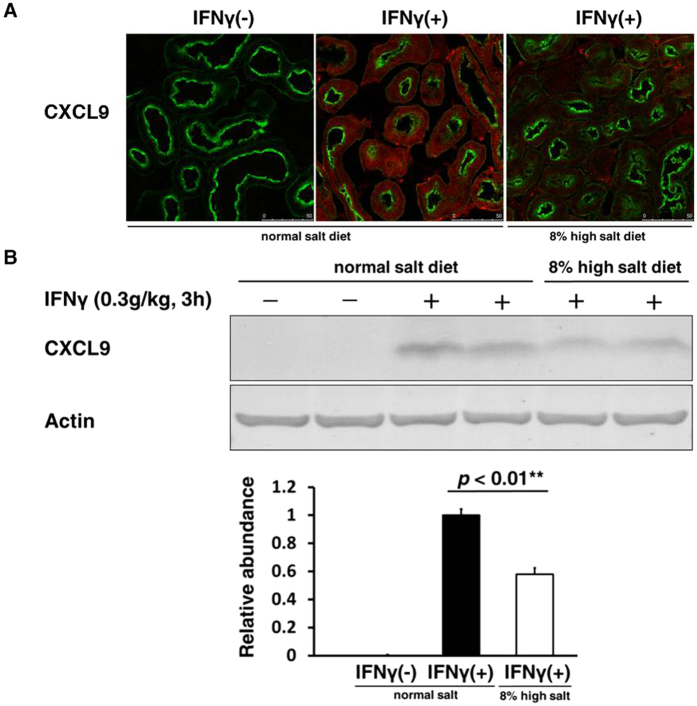Figure 2. Suppression of IFNγ inducible chemokines in proximal tubules caused by salt loading.
To evaluate protein abundances of CXCLs, intraperitoneal injection of recombinant mouse IFNγ (0.3 g/kg) was performed 3 h before organ collection. (A) Immunofluorescence staining of CXCL9 induced by IFNγ in kidneys of mice fed a high salt diet compared to those of mice fed a normal diet. The induction of CXCL9 by IFNγ was observed in proximal tubules and was suppressed in kidneys of mice fed a high salt diet. Red; CXCL9, Green; lotus tetragonolobus lectin (LTL; proximal tubule marker). Scale bar: 50 μm. (B) Upper, Representative immunoblotting performed to evaluate the protein abundance of CXCL9 induced by IFNγ in kidneys of mice fed a high salt diet compared to those of mice fed a normal diet; Lower, Densitometry analysis of the immunoblotting of the CXCL9 (n = 4). Full-length western blot images are presented in Supplementary Figure S1. These results indicated that salt loading suppressed IFNγ inducible chemokines in proximal tubules.

